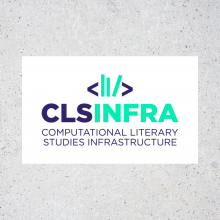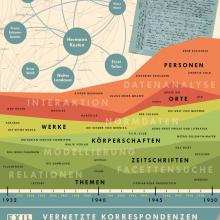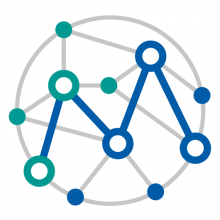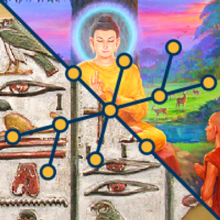Methods of Text Analysis
Stilometry, Topic Modeling, Network Analysis
At the TCDH, we use, develop and evaluate - in the research areas “Digital Literary and Cultural Studies” and beyond - quantitative methods and procedures in various projects for the analysis of literary texts in a broad sense. Our expertise, in particular, lies in the following areas: stylometric methods for questions of authorship attribution and genre analysis, contrastive text analysis with distinctiveness measures, Topic Modeling for the recognition of thematic trends in larger text collections, Word Embedding Models, for example as a window into the history of ideas, Network Analysis for the research of figure networks or correspondence as well as general Machine Learning for literature and cultural-historical issues.
In connection with the use of quantitative methods for issues in Literary and Cultural Studies, we see a number of central methodological challenges: the question of the adequate operationalization of complex literary concepts, the systematic evaluation of quantitative methods against scientifically relevant standards, the interpretability and transparency of the methods used and the consequences of using extensive data sets and quantitative methods for the formation of research questions and knowledge horizons.
We keep these challenges in mind, as well as those in the diverse research scenarios in which these methods are used. One example of this is comparative analyses of popular subgenres of the 20th century French novel, such as the detective novel, science fiction and the sentimental novel, in the project “Zeta and Company”. In addition, projects such as “Distant Reading for European Literary History” and projects with similar research questions are ongoing at the Chair of Digital Humanities.







